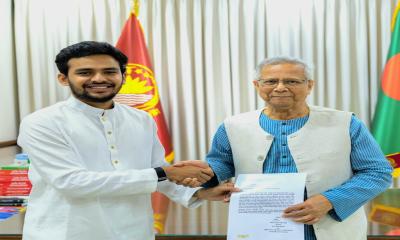A blow to the head probably saved Park Namjoo’s life. The 13-year-old schoolgirl, like many other children in wartime Hiroshima, was helping demolish buildings to make firebreaks in July 1945 when a piece of wood struck her on the head.
Less than three weeks later, at 8:15am on 6 August, a recuperating Park told her parents she still didn’t feel like going to school. As she and her younger brother and sister traveled on a streetcar near their home, the Enola Gay, a US B-29 bomber, dropped a 15-kiloton nuclear bomb on the city.
“There was a bright flash and a loud bang,” Park, 91, said. “It felt like a fireball was going through the entire streetcar. People were screaming and yelling at other passengers to jump out. I held my brother and sister’s hands tightly. It had suddenly turned dark outside … it felt very strange. No one had any idea what had just happened.”
Almost eight decades later, as the spectre of nuclear weapons returns – this time in Ukraine – survivors of the atomic bombings, known as hibakusha, are urging G7 leaders to issue a strong statement against the use of atomic weapons when they meet in Hiroshima later this week.
“Hiroshima was only able to transform itself into the city we have today because we have had more than 70 years of peace,” said Ryohei Tanabe, a Hiroshima survivor.
“The G7 leaders need to understand that,” added Tanabe.
An estimated 60,000 to 80,000 people died instantly in the attack; by the end of the year, the death toll had risen to 140,000 as more succumbed to burns and illnesses caused by exposure to radiation.
Had she been well enough to join her classmates Park, a zainichi ethnic Korean resident of Japan, would almost certainly have died. “Most of my friends died, which is why there are so few people of my age in Hiroshima,” she said. “If I hadn’t been off school that morning, I would have been with them.”
Local officials hope that when G7 leaders see present-day Hiroshima’s green spaces and wide boulevards, they will reflect on the destruction that came before, now represented by the shell of the A-bomb dome.
“Having the G7 summit here is of huge symbolic importance,” said Toshihiro Toya, deputy director of the Hiroshima Peace Memorial Museum. “If the head of nuclear powers hear the voices of the survivors, then we hope that this will spur them to show more leadership on nuclear disarmament.”
While Japanese officials have yet to announce an itinerary, G7 leaders will reportedly lay flowers at the cenotaph, which contains the name of every one of the 333,907 people whose deaths have been attributed to the A-bombing – the number rising every year – and meet survivors.
“The people aboard the Enola Gay dropped the bomb from a great height, so they couldn’t see the people going about their lives below,” said Shintaro Fukuhara, who organises bicycle tours of A-bomb sites. “If they could have seen people’s faces, I wonder if they could have gone through with it.”
‘As if the sky was trying to crush us’
Vladimir Putin has kept all military options open in the war in Ukraine, and in March announced that Russia would station tactical nuclear weapons in neighbouring Belarus, bringing some of its arsenal closer to the rest of Europe.
The potential for a nuclear exchange, almost eight decades after Hiroshima, is expected to push the issue near to the top of the G7 agenda amid pressure from anti-nuclear groups and the summit’s host, Japanese prime minister Fumio Kishida, who represents a constituency in Hiroshima.
While more than 60 countries have ratified a 2021 treaty to ban the possession and use of nuclear weapons, they do not include any of the recognised nuclear powers – including three G7 member states – or countries, including Japan, that fall under the US nuclear umbrella.
“I hope the nuclear weapons states will understand the inhumanity of nuclear weapons, and take note of the spirit of Hiroshima and its desire for a world free of those weapons,” the city’s mayor, Kazumi Matsui, told the Guardian in an interview.
“They should use the meeting to deepen their understanding of the realities of the atomic bombing and recognise that the only way to protect people’s lives and secure their prosperity is to abolish nuclear weapons. If they do that, I think the summit will have been a success.”
Park, whose parents moved to Japan from South Gyeongsang province in South Korea during the war, did not speak publicly about the bombing for half a century, but decided to share her experiences after talking to a group of schoolchildren.
The retired nurse never went back to school. Her father died of cancer more than a year after the attack, leaving the family with no income apart from cash they made selling sweet potatoes to Japanese soldiers returning from the front.
She recalled how she and her younger siblings had walked the 100m from the burned-out streetcar to their home. As a mixture of rain and thick, black ash fell on the city, she witnessed people wandering the street, their arms outstretched to prevent melted folds of skin – “hanging like kimono sleeves” – from sticking to their clothes.
“It was like hell on earth … it felt as if the sky was trying to crush us,” she said. “People complained about the heat and begged for water. As soon as they were given water, they died. All of the houses along the way had been flattened. I paused and stood on a river embankment, looked over the city and froze with fear. Hiroshima had disappeared.”
Local government records show that about 118,000 people are registered as survivors of the Hiroshima bombing, with an average age of 84. “We are all getting old,” said Park, who has been treated for cancer of the breast, mouth and skin. “I still can’t sleep when I remember the bloated, blackened bodies. But above all I learned that humans are strong. I willed myself to live … if you decide you want to live, then you stand a chance.”
This article was first published in The Guardian.



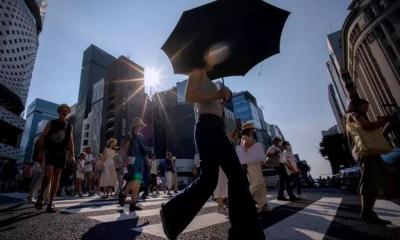
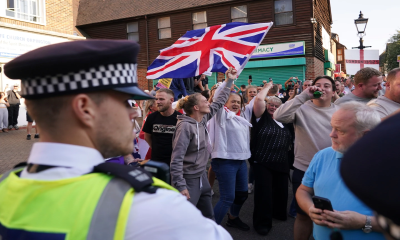
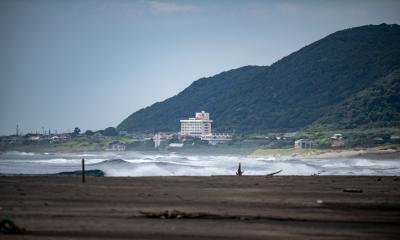
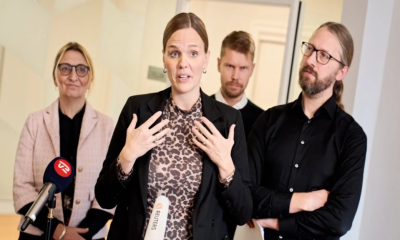
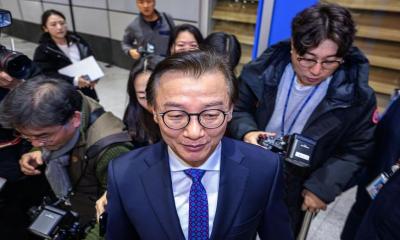
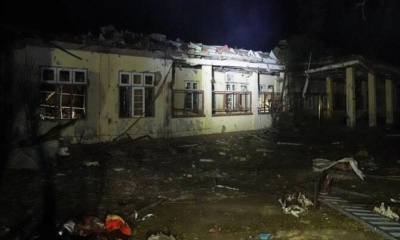
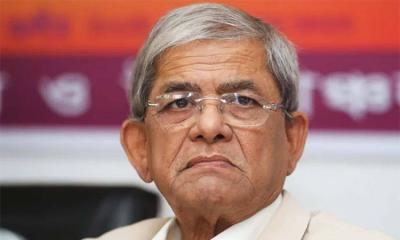

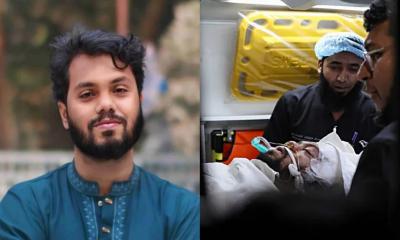
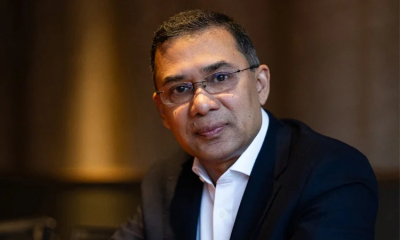
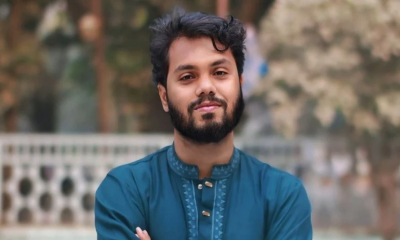
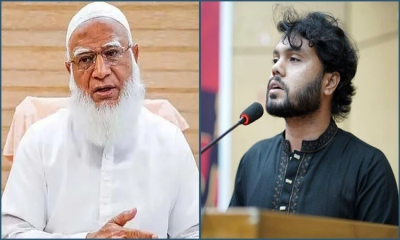
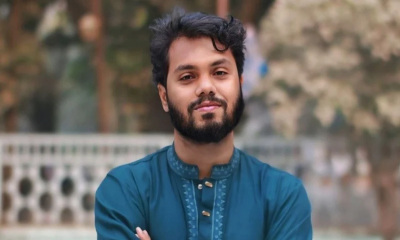
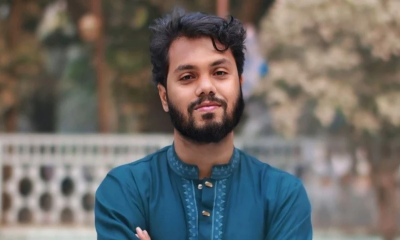
-20251218165258.jpeg)
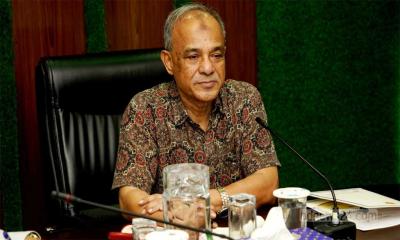
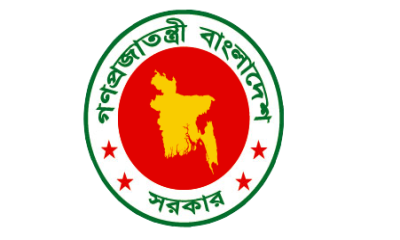
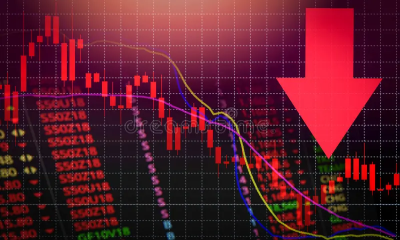
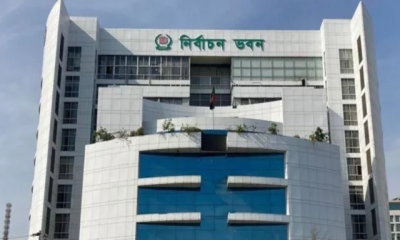
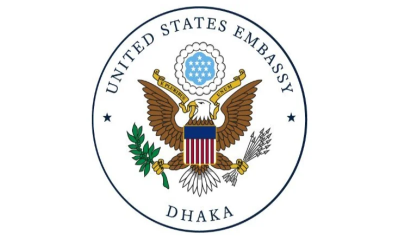
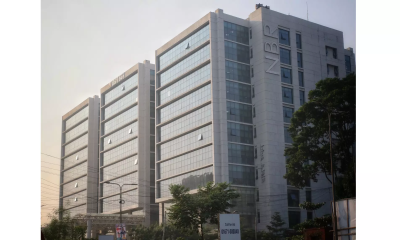
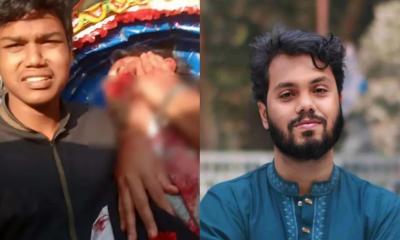
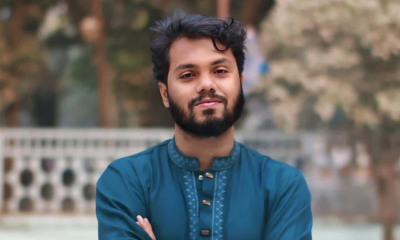
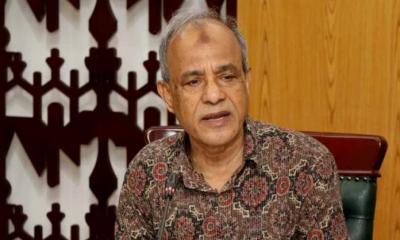

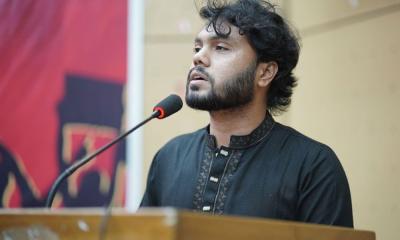
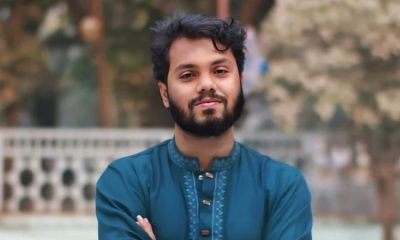
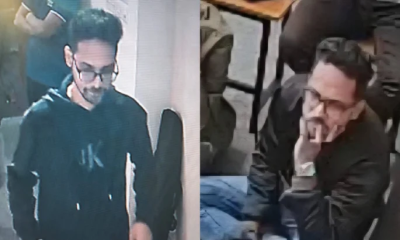
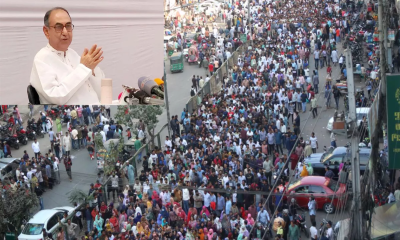
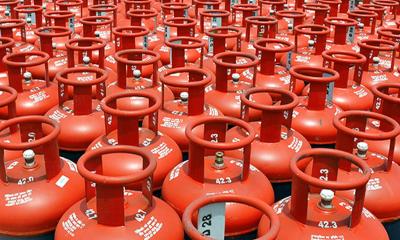

-20251216090625.jpeg)
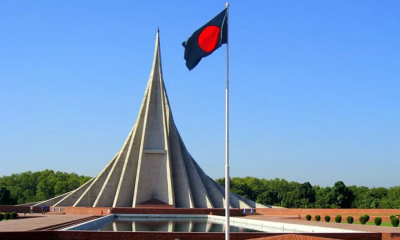
-20251216054240.jpeg)
